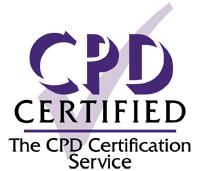1 May 2018
| Suki Ahluwalia
A prospective study from London, evaluating the response of chronic rhinosinusitis patients with nasal polyposis who were being treated with monoclonal antibody against IgE for severe allergic asthma. Thirteen patients were treated with Omalizumab, according to UK guidelines for their...

